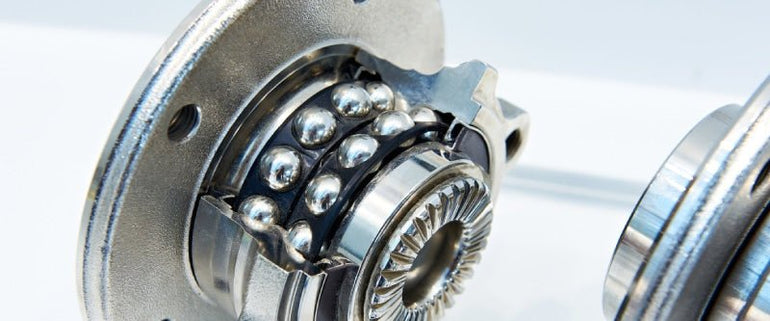
There is no single mileage figure. Service life hinges on operating environment, accumulated kilometers and driving style.
-
Regular passenger cars on good roads: ≈ 100 000 km; inspect every 50 000–80 000 km if you often tackle potholes, mud or water crossings.
-
High-performance or heavily loaded vehicles: shorten inspection intervals accordingly.
Material choice is the single biggest determinant of durability.
-
Standard carbon steel: inexpensive, adequate for daily commuting.
-
High-strength alloy steel: higher load rating, ideal for spirited or heavier vehicles.
-
Special-alloy Gen-3 bearings: premium chromium-molybdenum alloys deliver maximum strength and wear resistance for track or off-road use.
-
Hard braking & launching: shock loads multiply wear.
-
Sustained high speed: elevates temperature and thins grease.
-
Water crossings: moisture emulsifies grease, inviting corrosion.
Symptoms that override mileage tables:
-
Cyclical humming or grinding from one wheel.
-
Steering-wheel vibration that increases with speed.
-
Hub hotter than others after a short drive.
-
Visual: remove hub, look for cracks, pitting, rust.
-
Gap measurement: bearing-to-spindle clearance out of spec? Replace.
-
Spin test: roughness or noise while hand-spinning the hub = fault.

-
Choose quality: OEM or tier-1 brands (SKF, NSK, FAG).
-
Use proper tools: hydraulic or mechanical press; never hammer.
-
Absolute cleanliness: degrease hub bore and axle stub completely.
-
Correct torque: over-tight axle nuts are the #1 killer of new bearings.
-
Periodic inspection: every second oil change or 10 000 km.
-
Grease renewal: on serviceable designs, purge and repack with fresh, specified grease.
-
Route planning: avoid deep potholes and flood water when possible.
Hub bearings are out of sight but never out of action. Neglect them and you’ll pay in both safety and wallet.
✅ Have them inspected at every service.
✅ Always specify OEM-grade parts—cheap bearings cost more in the long run.
✅ Drive smoothly; avoid curb strikes and axle-deep water.
✅ Replace proactively—wear creeps in long before catastrophic failure.








